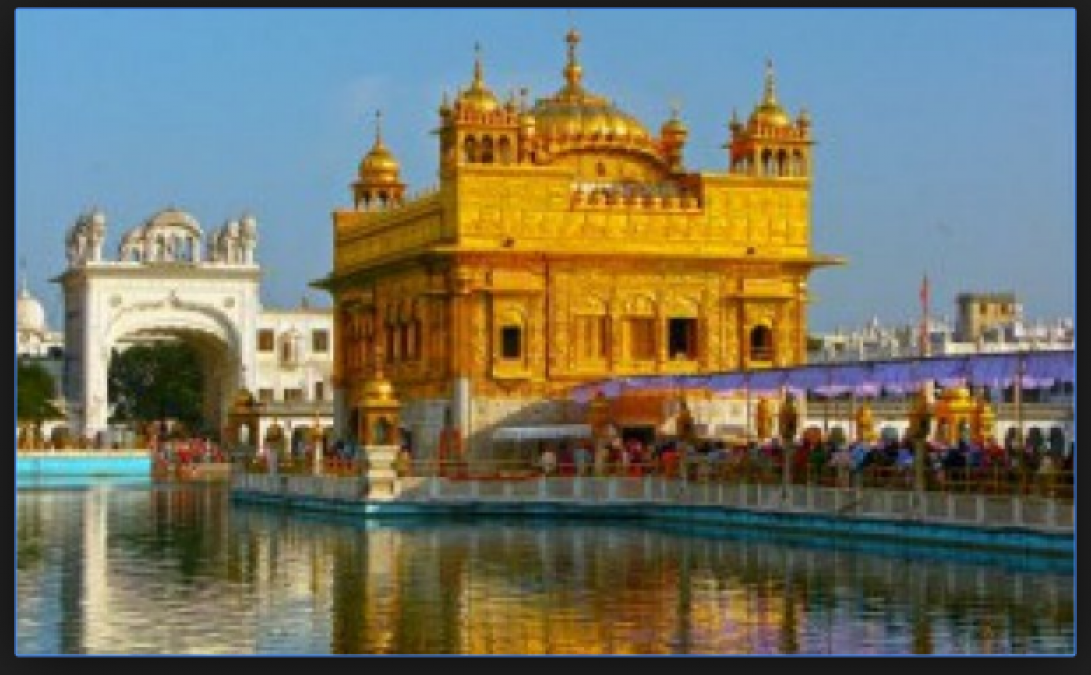
The word sarovar (also spelled "sarowar") may mean pond, pool, lake, or ocean. In Sikhism, a sarovar refers to the sacred waters of a pool, or moat like tank, built around or close to gurdwara. A sarovar may be:
also read Narad Jayanti 2019: Narad Puran lessons to remove sadness and poverty
A square or rectangular open pool with steps descending into the water.
A moat-like structure completely or partially surrounding the gurdwara fed from a river or other water source.
A covered tank or well beneath the ground.
A fountain and pool.
A trough.
The sarovars located at various gurdwaras were originally built for practical purposes including fresh water supply for cooking and bathing. In modern times the sarovars are used primarily by pilgrims for washing feet or for performing spiritual ablution known as isnaan.
The sacred waters of some sarovars are considered to have curative properties because of the continual prayers of Sikh scripture recited in the vicinity.
Examples
One of the most famous sarovars is a moat-like structure completely surrounding the Golden Temple, Guruwara Harmandir Sahib, in Amritsar India. The sarovar is fed by the River Ganges, known by locals as the Ganga. Excavation of the sarovar was begun by Guru Raam Das the fourth spiritual master of the Sikhs. His son and successor Guru Arjan Dev completed the sarovar and described it in these words:
also read Churches in India: The History of Presbyterian Churches
"Raamdaas sarovar naatae ||
Bathing in the sacred pool of Guru Raam Das,
Sabh laathae paap kamaatae ||2||
All the sins one has committed are washed awa